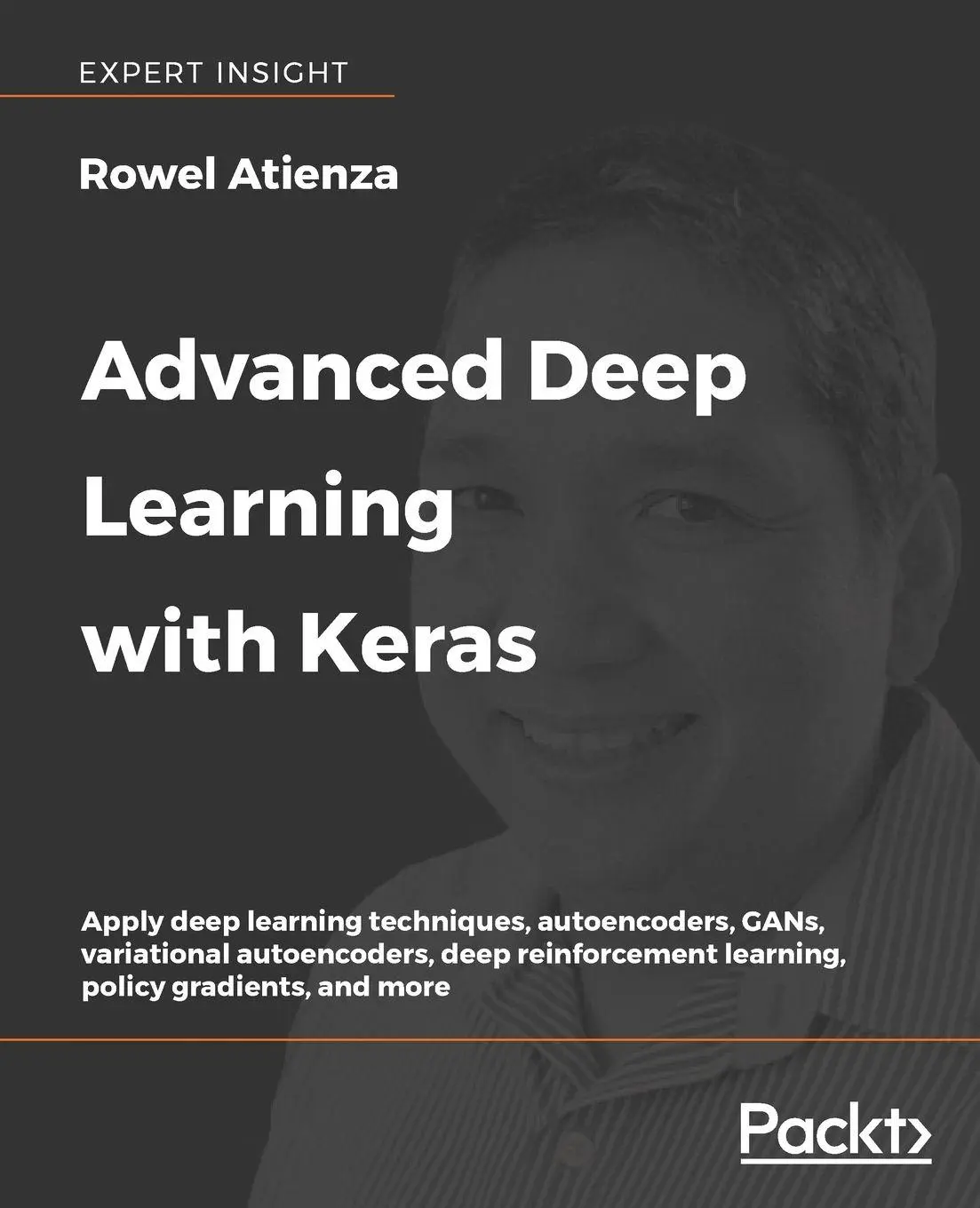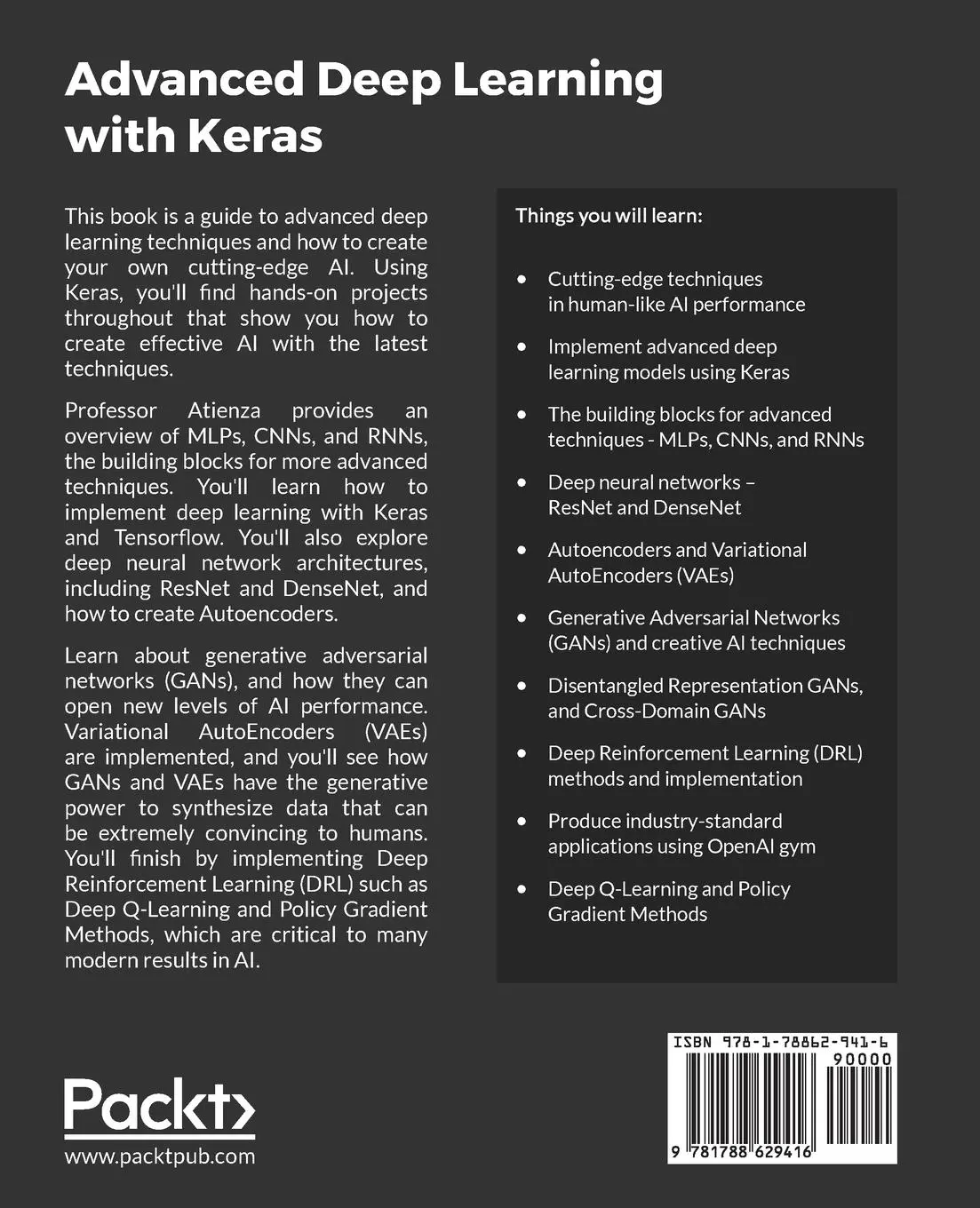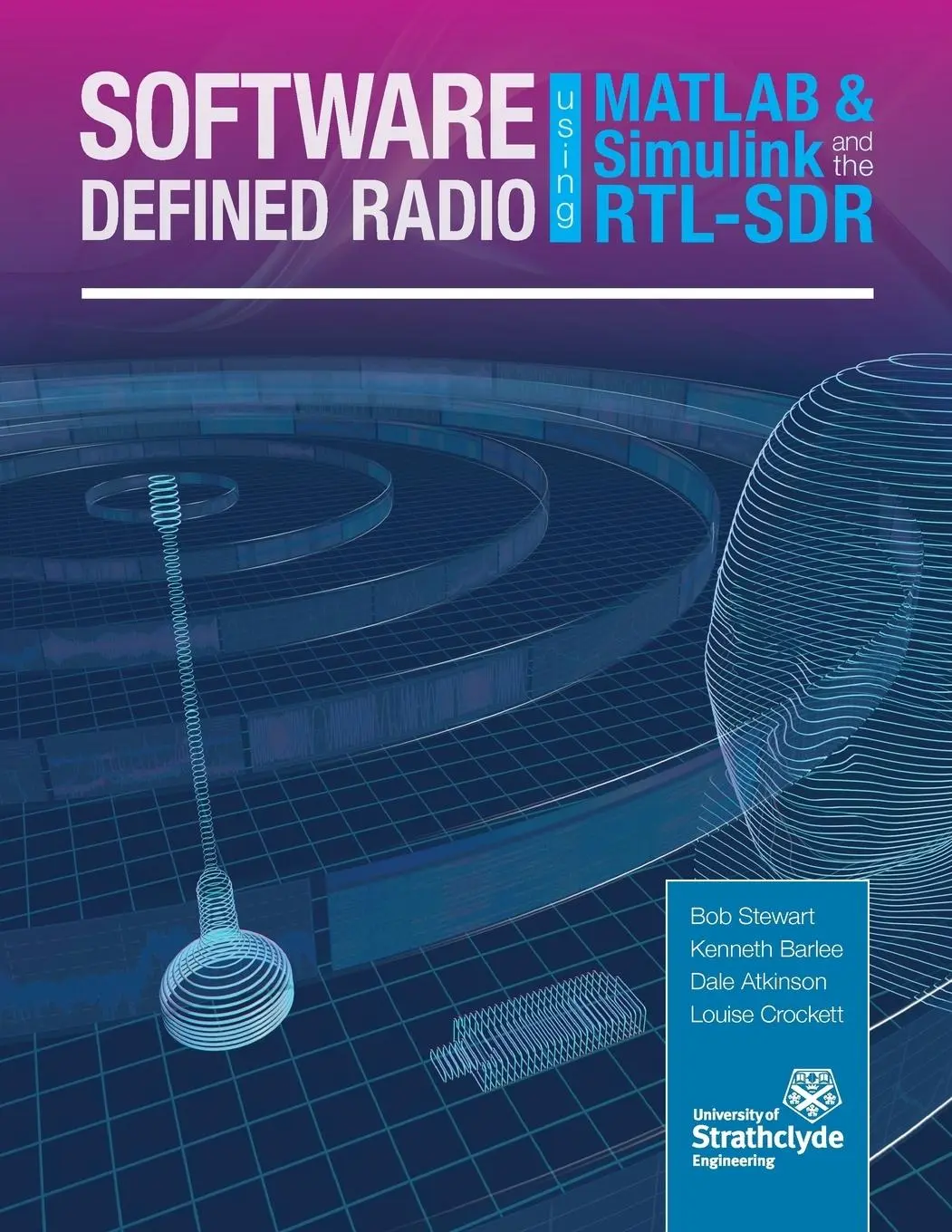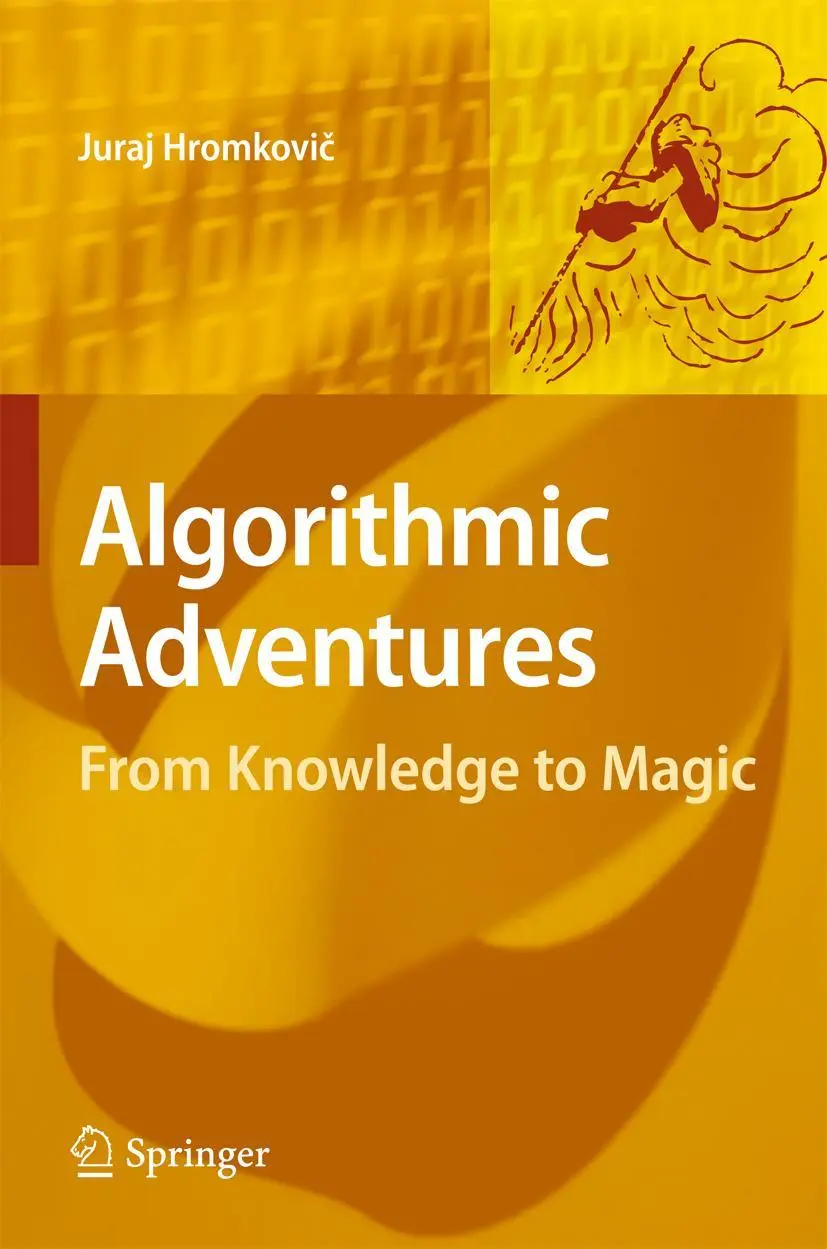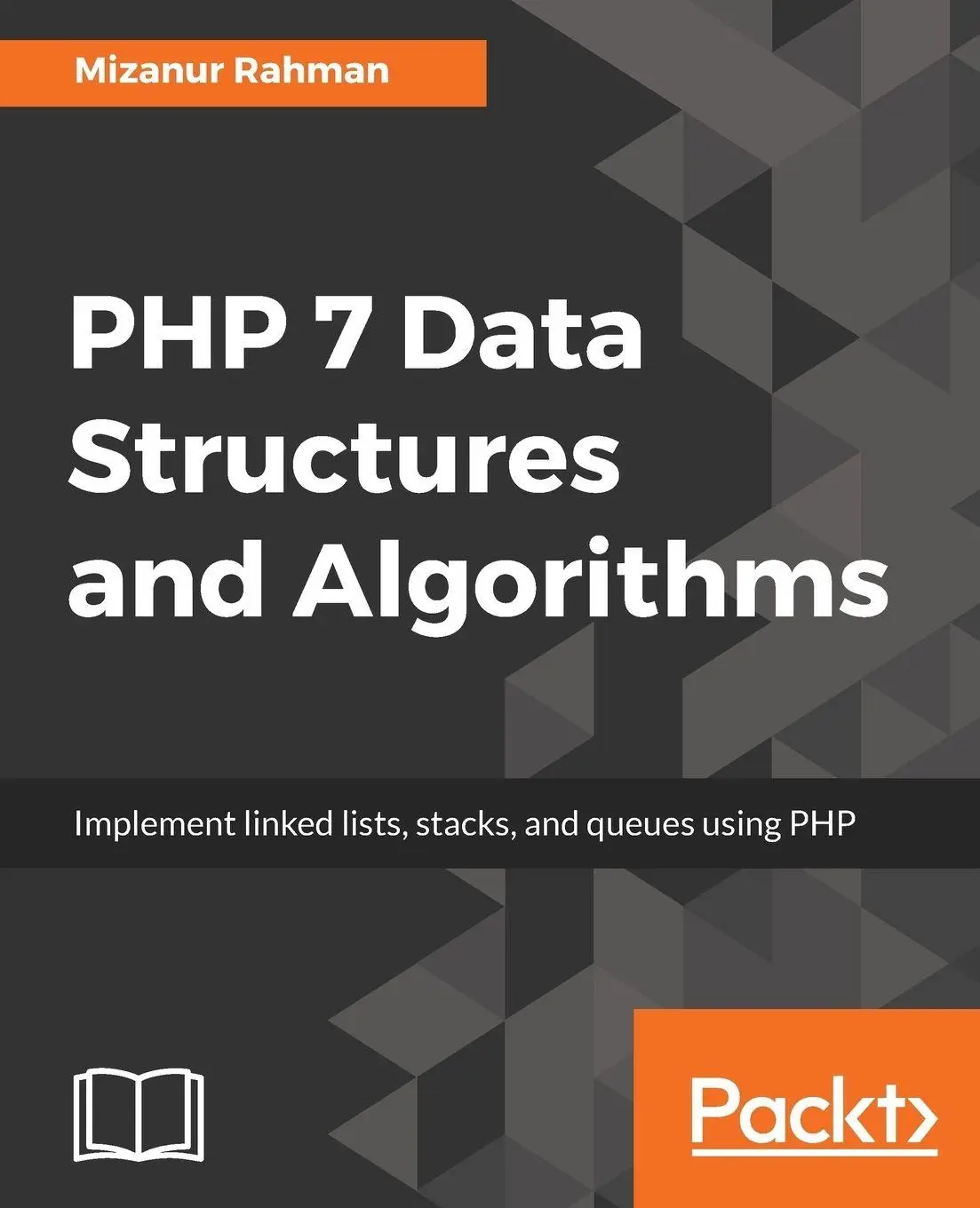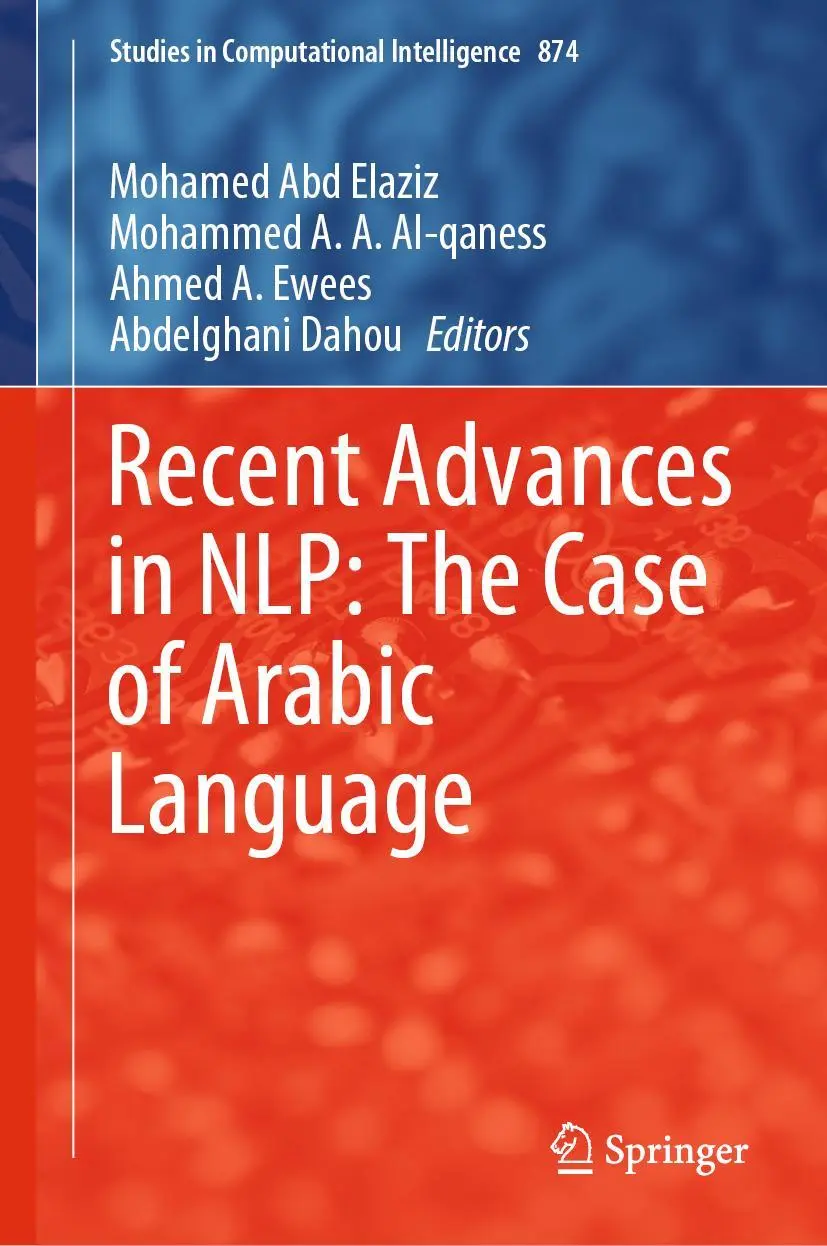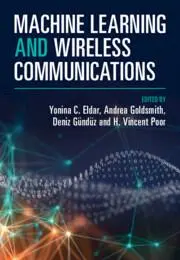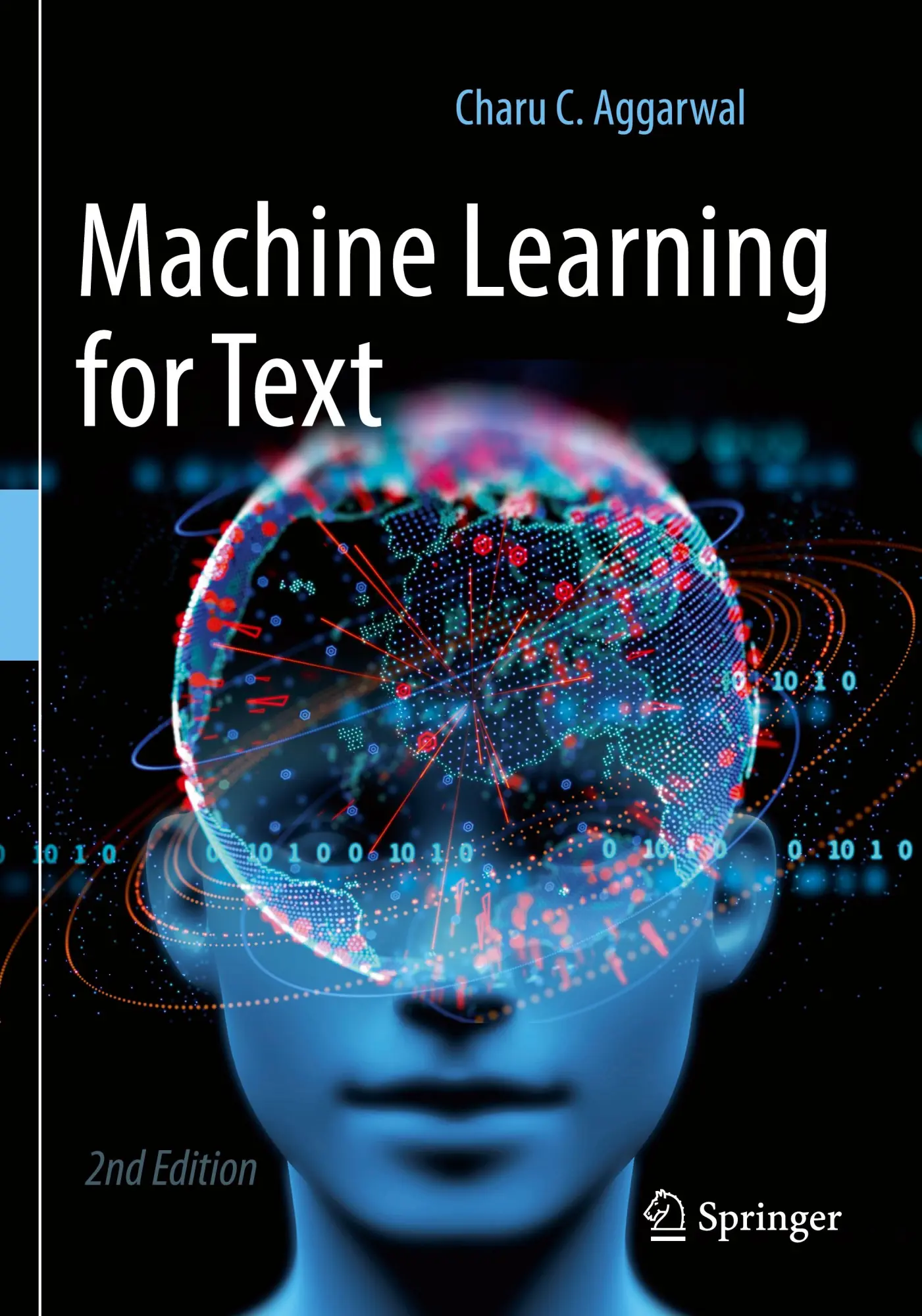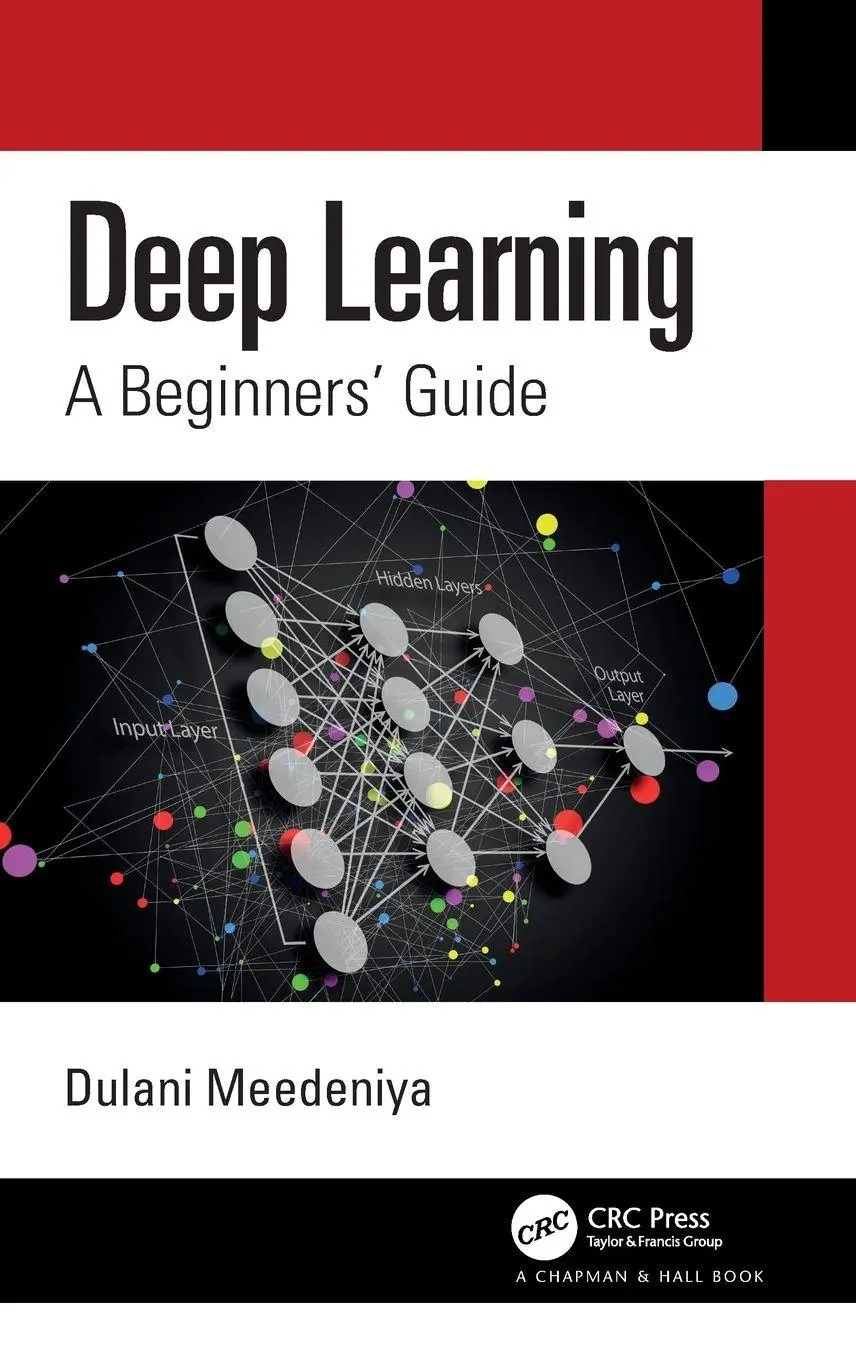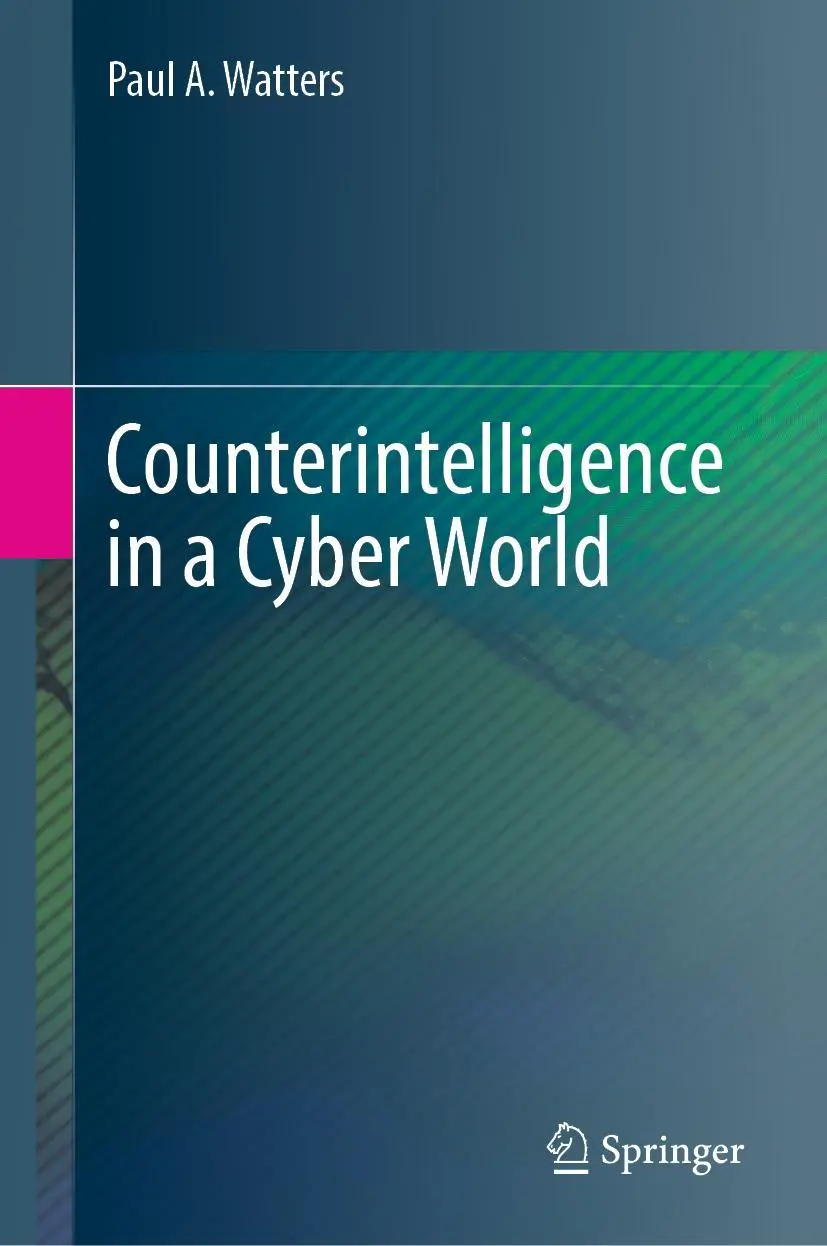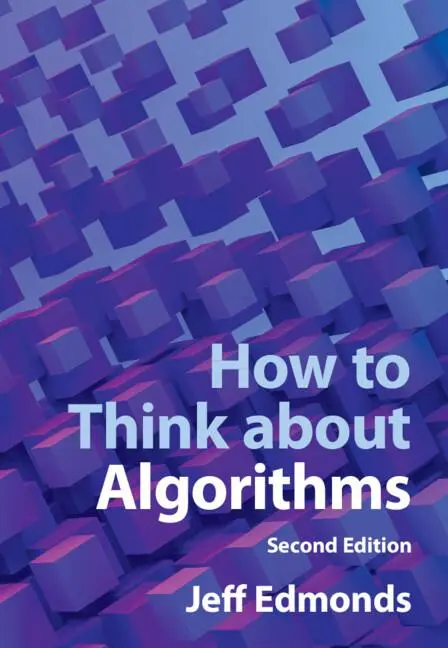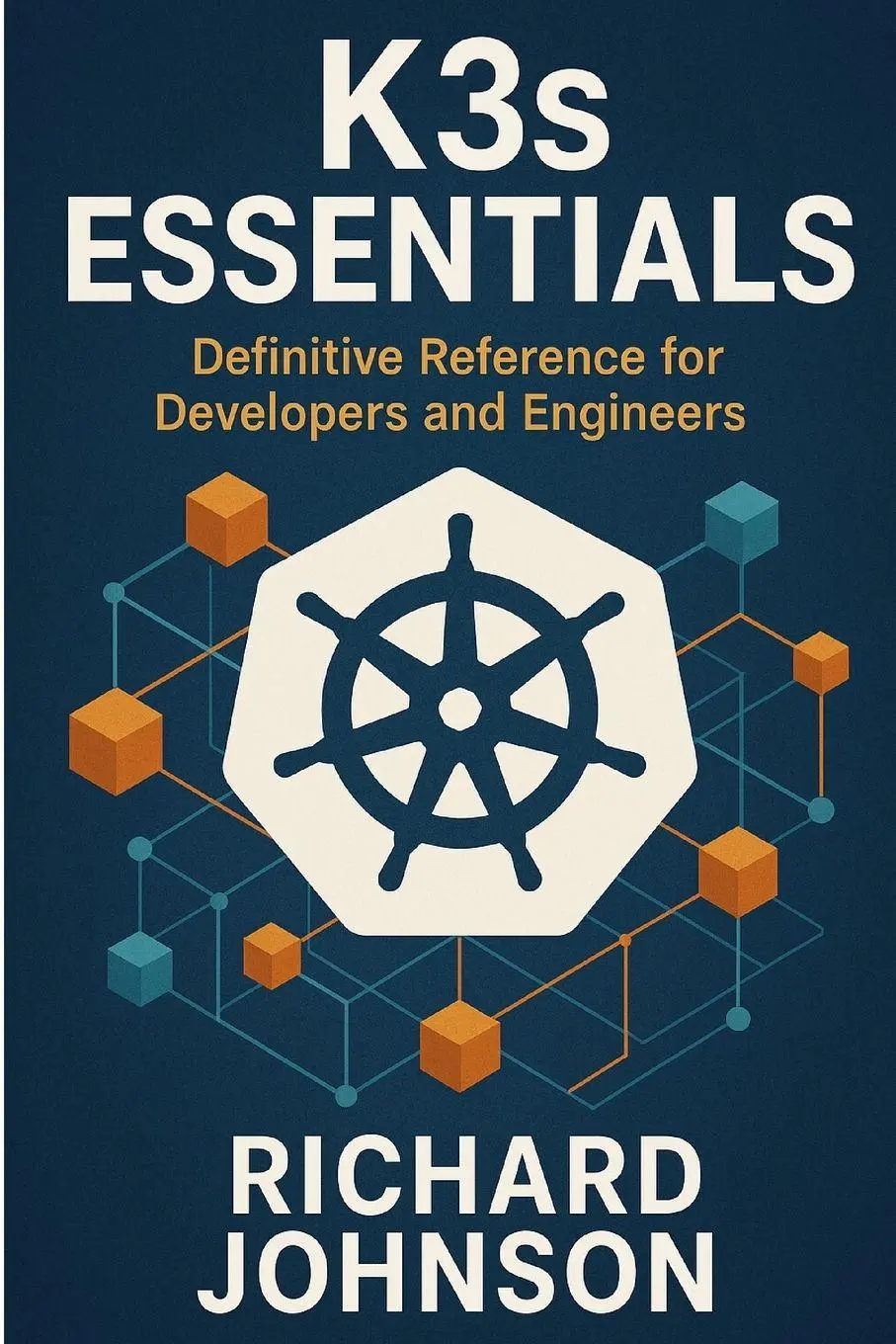Dekorationsartikel gehören nicht zum Leistungsumfang.
Sprache:
Englisch
52,30 €
Versandkostenfrei per Post / DHL
Lieferzeit 1-2 Wochen
Kategorien:
Beschreibung
Publisher's Note: This edition from 2018 is outdated and is not compatible with TensorFlow 2 or any of the most recent updates to Python libraries. A new second edition, updated for 2020 and featuring TensorFlow 2 and coverage of unsupervised learning using mutual information, object detection, and semantic segmentation, has now been published.
A comprehensive guide to advanced deep learning techniques, including autoencoders, GANs, VAEs, and deep reinforcement learning that drive today's most impressive AI results.
key FeaturesExplore the most advanced deep learning techniques that drive modern AI results
Implement deep neural networks, autoencoders, GANs, VAEs, and deep reinforcement learning
A wide study of GANs, including Improved GANs, Cross-Domain GANs, and Disentangled Representation GANs
Book Description:
Recent developments in deep learning, including Generative Adversarial Networks (GANs), Variational Autoencoders (VAEs), and Deep Reinforcement Learning (DRL) are creating impressive AI results in our news headlines - such as AlphaGo Zero beating world chess champions, and generative AI that can create art paintings that sell for over [...]k because they are so human-like.
Advanced Deep Learning with Keras is a comprehensive guide to the advanced deep learning techniques available today, so you can create your own cutting-edge AI. Using Keras as an open-source deep learning library, you'll find hands-on projects throughout that show you how to create more effective AI with the latest techniques.
The journey begins with an overview of MLPs, CNNs, and RNNs, which are the building blocks for the more advanced techniques in the book. You'll learn how to implement deep learning models with Keras and TensorFlow 1.x, and move forwards to advanced techniques, as you explore deep neural network architectures, including ResNet and DenseNet, and how to create autoencoders. You then learn all about GANs, and how they can open new levels of AI performance. Next, you'll get up to speed with how VAEs are implemented, and you'll see how GANs and VAEs have the generative power to synthesize data that can be extremely convincing to humans - a major stride forward for modern AI. To complete this set of advanced techniques, you'll learn how to implement DRL such as Deep Q-Learning and Policy Gradient Methods, which are critical to many modern results in AI.
What You Will Learn:Cutting-edge techniques in human-like AI performance
Implement advanced deep learning models using Keras
The building blocks for advanced techniques - MLPs, CNNs, and RNNs
Deep neural networks - ResNet and DenseNet
Autoencoders and Variational Autoencoders (VAEs)
Generative Adversarial Networks (GANs) and creative AI techniques
Disentangled Representation GANs, and Cross-Domain GANs
Deep reinforcement learning methods and implementation
Produce industry-standard applications using OpenAI Gym
Deep Q-Learning and Policy Gradient Methods
Who this book is for:
Some fluency with Python is assumed. As an advanced book, you'll be familiar with some machine learning approaches, and some practical experience with DL will be helpful. Knowledge of Keras or TensorFlow 1.x is not required but would be helpful.;
A comprehensive guide to advanced deep learning techniques, including autoencoders, GANs, VAEs, and deep reinforcement learning that drive today's most impressive AI results.
key FeaturesExplore the most advanced deep learning techniques that drive modern AI results
Implement deep neural networks, autoencoders, GANs, VAEs, and deep reinforcement learning
A wide study of GANs, including Improved GANs, Cross-Domain GANs, and Disentangled Representation GANs
Book Description:
Recent developments in deep learning, including Generative Adversarial Networks (GANs), Variational Autoencoders (VAEs), and Deep Reinforcement Learning (DRL) are creating impressive AI results in our news headlines - such as AlphaGo Zero beating world chess champions, and generative AI that can create art paintings that sell for over [...]k because they are so human-like.
Advanced Deep Learning with Keras is a comprehensive guide to the advanced deep learning techniques available today, so you can create your own cutting-edge AI. Using Keras as an open-source deep learning library, you'll find hands-on projects throughout that show you how to create more effective AI with the latest techniques.
The journey begins with an overview of MLPs, CNNs, and RNNs, which are the building blocks for the more advanced techniques in the book. You'll learn how to implement deep learning models with Keras and TensorFlow 1.x, and move forwards to advanced techniques, as you explore deep neural network architectures, including ResNet and DenseNet, and how to create autoencoders. You then learn all about GANs, and how they can open new levels of AI performance. Next, you'll get up to speed with how VAEs are implemented, and you'll see how GANs and VAEs have the generative power to synthesize data that can be extremely convincing to humans - a major stride forward for modern AI. To complete this set of advanced techniques, you'll learn how to implement DRL such as Deep Q-Learning and Policy Gradient Methods, which are critical to many modern results in AI.
What You Will Learn:Cutting-edge techniques in human-like AI performance
Implement advanced deep learning models using Keras
The building blocks for advanced techniques - MLPs, CNNs, and RNNs
Deep neural networks - ResNet and DenseNet
Autoencoders and Variational Autoencoders (VAEs)
Generative Adversarial Networks (GANs) and creative AI techniques
Disentangled Representation GANs, and Cross-Domain GANs
Deep reinforcement learning methods and implementation
Produce industry-standard applications using OpenAI Gym
Deep Q-Learning and Policy Gradient Methods
Who this book is for:
Some fluency with Python is assumed. As an advanced book, you'll be familiar with some machine learning approaches, and some practical experience with DL will be helpful. Knowledge of Keras or TensorFlow 1.x is not required but would be helpful.;
Publisher's Note: This edition from 2018 is outdated and is not compatible with TensorFlow 2 or any of the most recent updates to Python libraries. A new second edition, updated for 2020 and featuring TensorFlow 2 and coverage of unsupervised learning using mutual information, object detection, and semantic segmentation, has now been published.
A comprehensive guide to advanced deep learning techniques, including autoencoders, GANs, VAEs, and deep reinforcement learning that drive today's most impressive AI results.
key FeaturesExplore the most advanced deep learning techniques that drive modern AI results
Implement deep neural networks, autoencoders, GANs, VAEs, and deep reinforcement learning
A wide study of GANs, including Improved GANs, Cross-Domain GANs, and Disentangled Representation GANs
Book Description:
Recent developments in deep learning, including Generative Adversarial Networks (GANs), Variational Autoencoders (VAEs), and Deep Reinforcement Learning (DRL) are creating impressive AI results in our news headlines - such as AlphaGo Zero beating world chess champions, and generative AI that can create art paintings that sell for over [...]k because they are so human-like.
Advanced Deep Learning with Keras is a comprehensive guide to the advanced deep learning techniques available today, so you can create your own cutting-edge AI. Using Keras as an open-source deep learning library, you'll find hands-on projects throughout that show you how to create more effective AI with the latest techniques.
The journey begins with an overview of MLPs, CNNs, and RNNs, which are the building blocks for the more advanced techniques in the book. You'll learn how to implement deep learning models with Keras and TensorFlow 1.x, and move forwards to advanced techniques, as you explore deep neural network architectures, including ResNet and DenseNet, and how to create autoencoders. You then learn all about GANs, and how they can open new levels of AI performance. Next, you'll get up to speed with how VAEs are implemented, and you'll see how GANs and VAEs have the generative power to synthesize data that can be extremely convincing to humans - a major stride forward for modern AI. To complete this set of advanced techniques, you'll learn how to implement DRL such as Deep Q-Learning and Policy Gradient Methods, which are critical to many modern results in AI.
What You Will Learn:Cutting-edge techniques in human-like AI performance
Implement advanced deep learning models using Keras
The building blocks for advanced techniques - MLPs, CNNs, and RNNs
Deep neural networks - ResNet and DenseNet
Autoencoders and Variational Autoencoders (VAEs)
Generative Adversarial Networks (GANs) and creative AI techniques
Disentangled Representation GANs, and Cross-Domain GANs
Deep reinforcement learning methods and implementation
Produce industry-standard applications using OpenAI Gym
Deep Q-Learning and Policy Gradient Methods
Who this book is for:
Some fluency with Python is assumed. As an advanced book, you'll be familiar with some machine learning approaches, and some practical experience with DL will be helpful. Knowledge of Keras or TensorFlow 1.x is not required but would be helpful.;
A comprehensive guide to advanced deep learning techniques, including autoencoders, GANs, VAEs, and deep reinforcement learning that drive today's most impressive AI results.
key FeaturesExplore the most advanced deep learning techniques that drive modern AI results
Implement deep neural networks, autoencoders, GANs, VAEs, and deep reinforcement learning
A wide study of GANs, including Improved GANs, Cross-Domain GANs, and Disentangled Representation GANs
Book Description:
Recent developments in deep learning, including Generative Adversarial Networks (GANs), Variational Autoencoders (VAEs), and Deep Reinforcement Learning (DRL) are creating impressive AI results in our news headlines - such as AlphaGo Zero beating world chess champions, and generative AI that can create art paintings that sell for over [...]k because they are so human-like.
Advanced Deep Learning with Keras is a comprehensive guide to the advanced deep learning techniques available today, so you can create your own cutting-edge AI. Using Keras as an open-source deep learning library, you'll find hands-on projects throughout that show you how to create more effective AI with the latest techniques.
The journey begins with an overview of MLPs, CNNs, and RNNs, which are the building blocks for the more advanced techniques in the book. You'll learn how to implement deep learning models with Keras and TensorFlow 1.x, and move forwards to advanced techniques, as you explore deep neural network architectures, including ResNet and DenseNet, and how to create autoencoders. You then learn all about GANs, and how they can open new levels of AI performance. Next, you'll get up to speed with how VAEs are implemented, and you'll see how GANs and VAEs have the generative power to synthesize data that can be extremely convincing to humans - a major stride forward for modern AI. To complete this set of advanced techniques, you'll learn how to implement DRL such as Deep Q-Learning and Policy Gradient Methods, which are critical to many modern results in AI.
What You Will Learn:Cutting-edge techniques in human-like AI performance
Implement advanced deep learning models using Keras
The building blocks for advanced techniques - MLPs, CNNs, and RNNs
Deep neural networks - ResNet and DenseNet
Autoencoders and Variational Autoencoders (VAEs)
Generative Adversarial Networks (GANs) and creative AI techniques
Disentangled Representation GANs, and Cross-Domain GANs
Deep reinforcement learning methods and implementation
Produce industry-standard applications using OpenAI Gym
Deep Q-Learning and Policy Gradient Methods
Who this book is for:
Some fluency with Python is assumed. As an advanced book, you'll be familiar with some machine learning approaches, and some practical experience with DL will be helpful. Knowledge of Keras or TensorFlow 1.x is not required but would be helpful.;
Details
| Erscheinungsjahr: | 2018 |
|---|---|
| Genre: | Importe, Informatik |
| Rubrik: | Naturwissenschaften & Technik |
| Medium: | Taschenbuch |
| Titelzusatz: | Apply deep learning techniques, autoencoders, GANs, variational autoencoders, deep reinforcement learning, policy gradients, and more |
| ISBN-13: | 9781788629416 |
| ISBN-10: | 1788629418 |
| Sprache: | Englisch |
| Einband: | Kartoniert / Broschiert |
| Autor: | Atienza, Rowel |
| Hersteller: | Packt Publishing |
| Verantwortliche Person für die EU: | Libri GmbH, Europaallee 1, D-36244 Bad Hersfeld, gpsr@libri.de |
| Maße: | 235 x 191 x 20 mm |
| Von/Mit: | Rowel Atienza |
| Erscheinungsdatum: | 31.10.2018 |
| Gewicht: | 0,687 kg |

